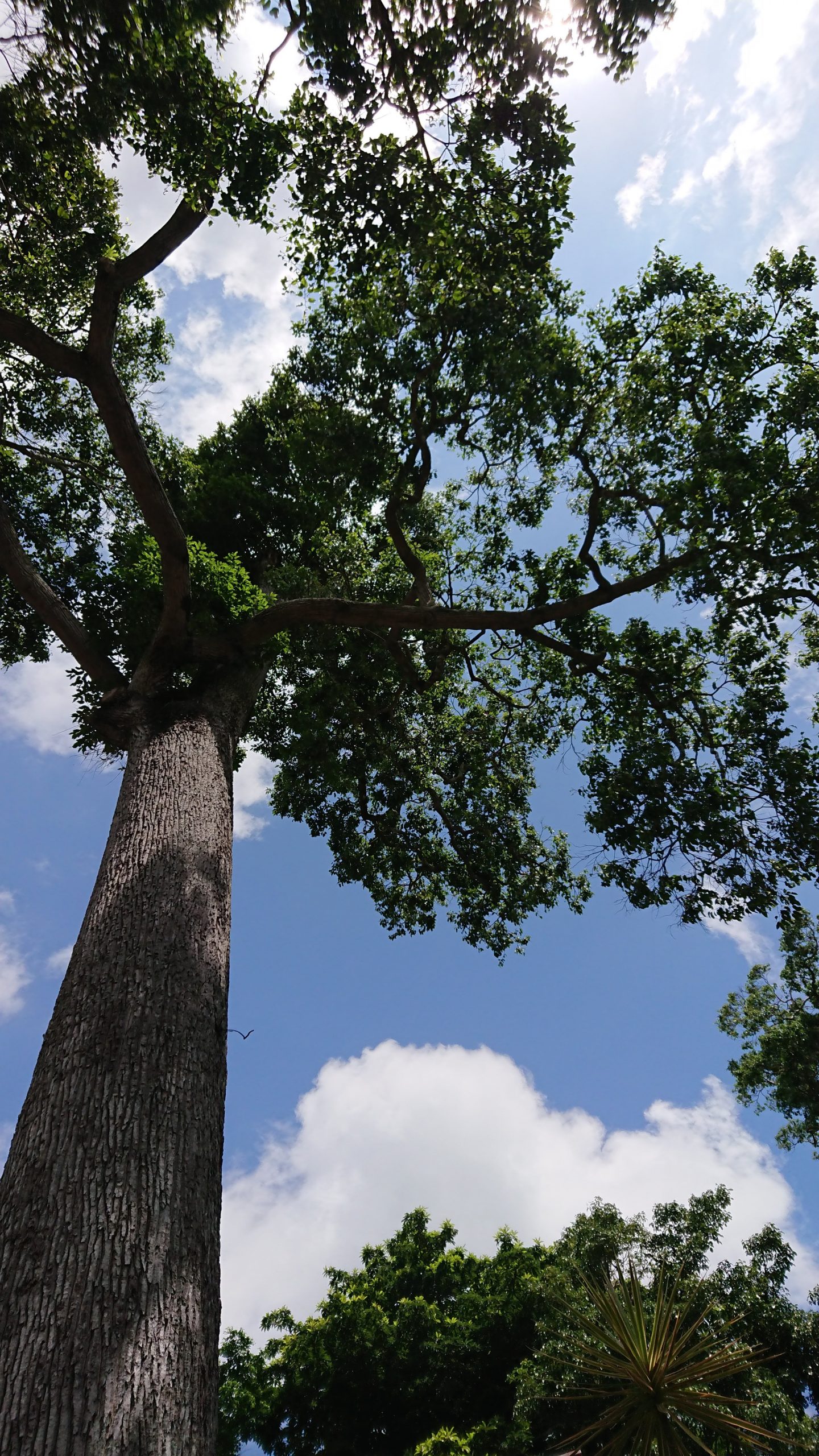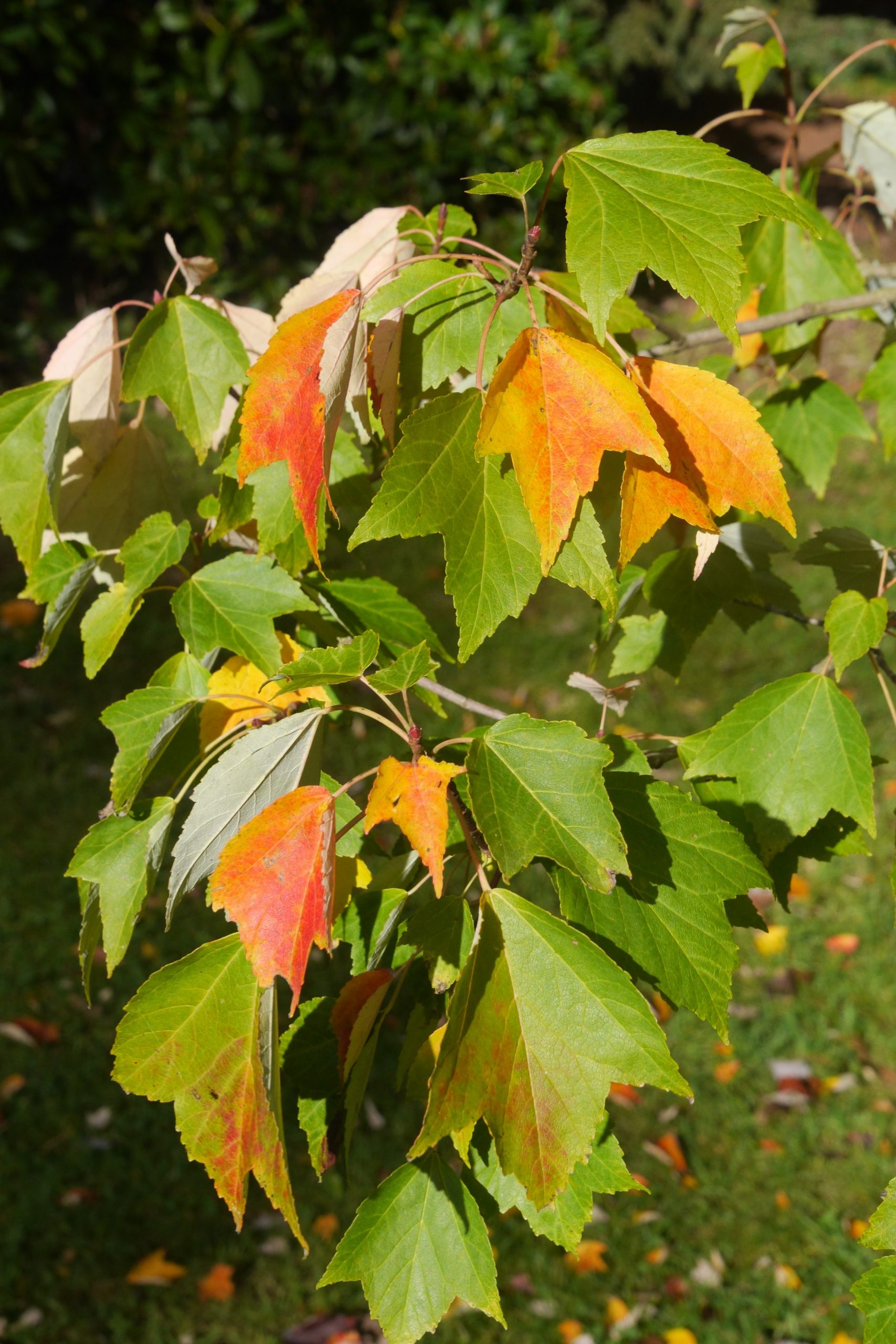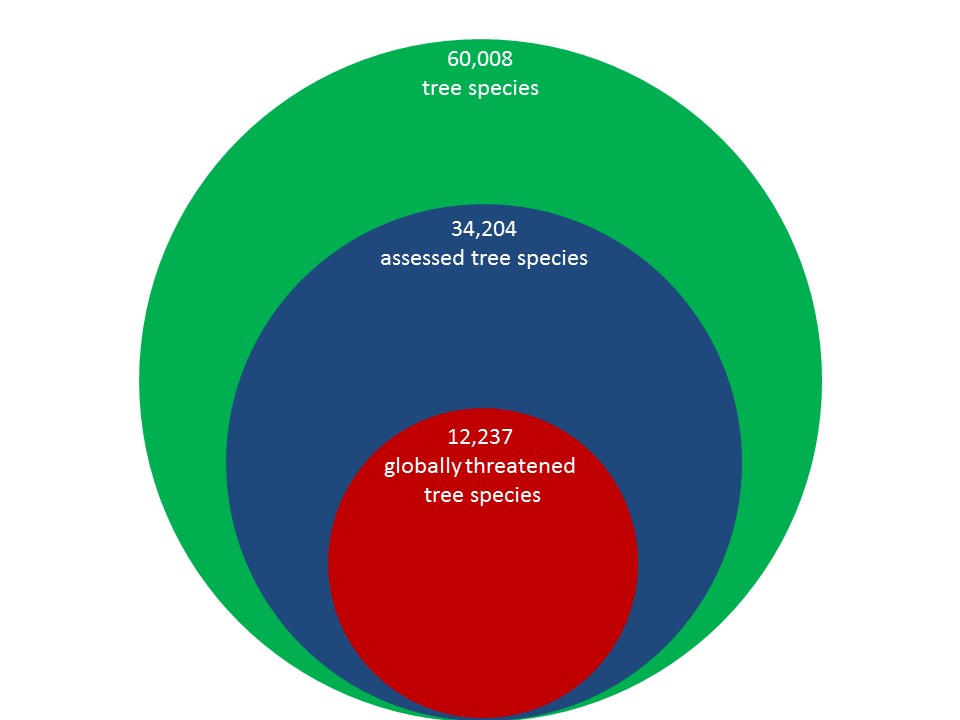Regional Firsts for Trees on the IUCN Red List
-
Country
Philippines -
Region
Global -
Programme
Global Tree Assessment -
Workstream
Saving Plants -
Topic
Conservation Prioritisation -
Type
News -
Source
BGCI
The success of The Global Tree Assessment (GTA) continues with the most recent IUCN Red List update (March 2020) with the publication of more than 1,500 conservation assessments for trees. This publication alongside collated assessments on BGCI’s ThreatSearch database bring the total number of trees assessed to 34,204 or 57% of all tree species.
This latest IUCN update holds many regional achievements, with the first published assessments for trees endemic to the Philippines. These 36 assessments were completed by our partners at the Energy Development Corporation in Manila, and over the course of GTA they will assess 800 Filipino trees. The first assessments from our partners in Venezuela are also now available online. Assessments are now online from botanists with regional expertise, such as Jonathan Timberlake who is assessing trees of Southern Africa. This work is important, as it targets assessments for more widespread and near endemic species, while country partnerships can focus on assessments for single-country endemics enabling global coverage for tree assessments.

Additional regional successes lie in the completion of assessments for a country’s endemic tree flora. This has already been achieved for South Africa, China and European countries and now we add Kenya and New Zealand to the list. Kenya marks the first East African country where all endemic tree species have been assessed, completed in collaboration with the IUCN SSC East African Plant Specialist Group, while all New Zealand endemic trees are now available on ThreatSearch.
We have also moved forward taxonomically, publishing assessments for species in Acer, Leucaena, Dalbergia and Pterospermum. Assessments for all wild origin Leucaena (23 out of 24 species) are now available on the IUCN Red List. Assessments for large tree families such as Annonaceae, Lamiaceae and Lauraceae also continue. For these groups 1,801 tree assessments have been published for these families over the course of the project.

The BGCI team continue to complete assessments using the GTA Least Concern workflow, which generates assessments for tree species of low conservation priority, allowing our partners to prioritise threatened assessments for trees. In this update, assessments for 305 Least Concern species were published, including widespread species from the South Pacific, USA and Colombia and in the generas Mallotus and Quercus.
Overall, around 46% (15,733 species) of assessed trees are considered threatened at some level (national, regional, global) while 38% of all assessed trees are threatened globally. This means that of the 60,008 known tree species, at least 22% are threatened with extinction globally. As more assessments for trees are completed, we are identifying more threatened species. This is highlights the very real risk to global tree diversity and the need for a proactive conservation response for trees at high extinction risk in the wild.

Become a Member
Be part of the largest network of botanic gardens and plant conservation experts in the world by joining BGCI today!
Support BGCI
You can support our plant conservation efforts by sponsoring membership for small botanic gardens, contributing to the Global Botanic Garden Fund, and more!